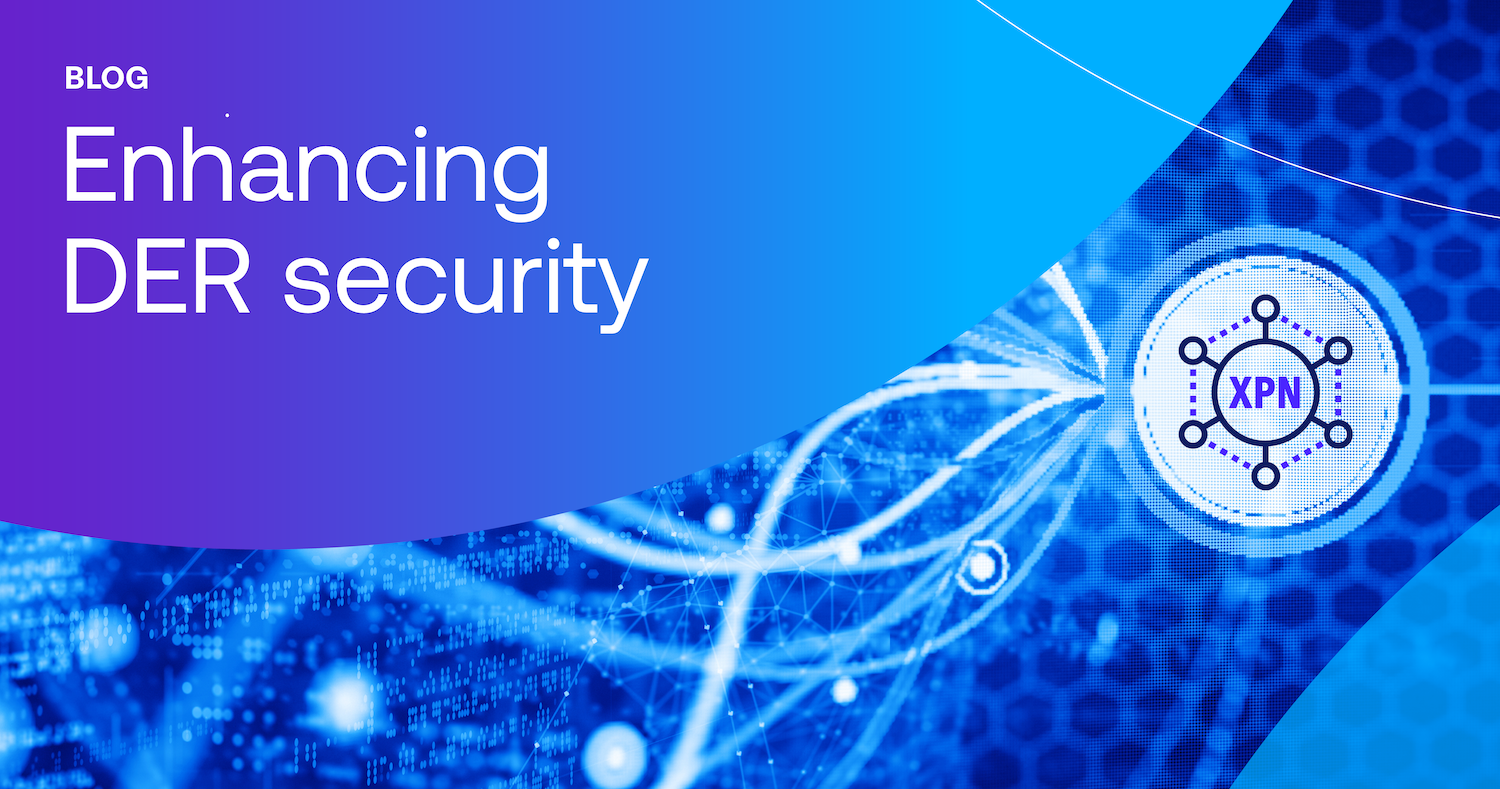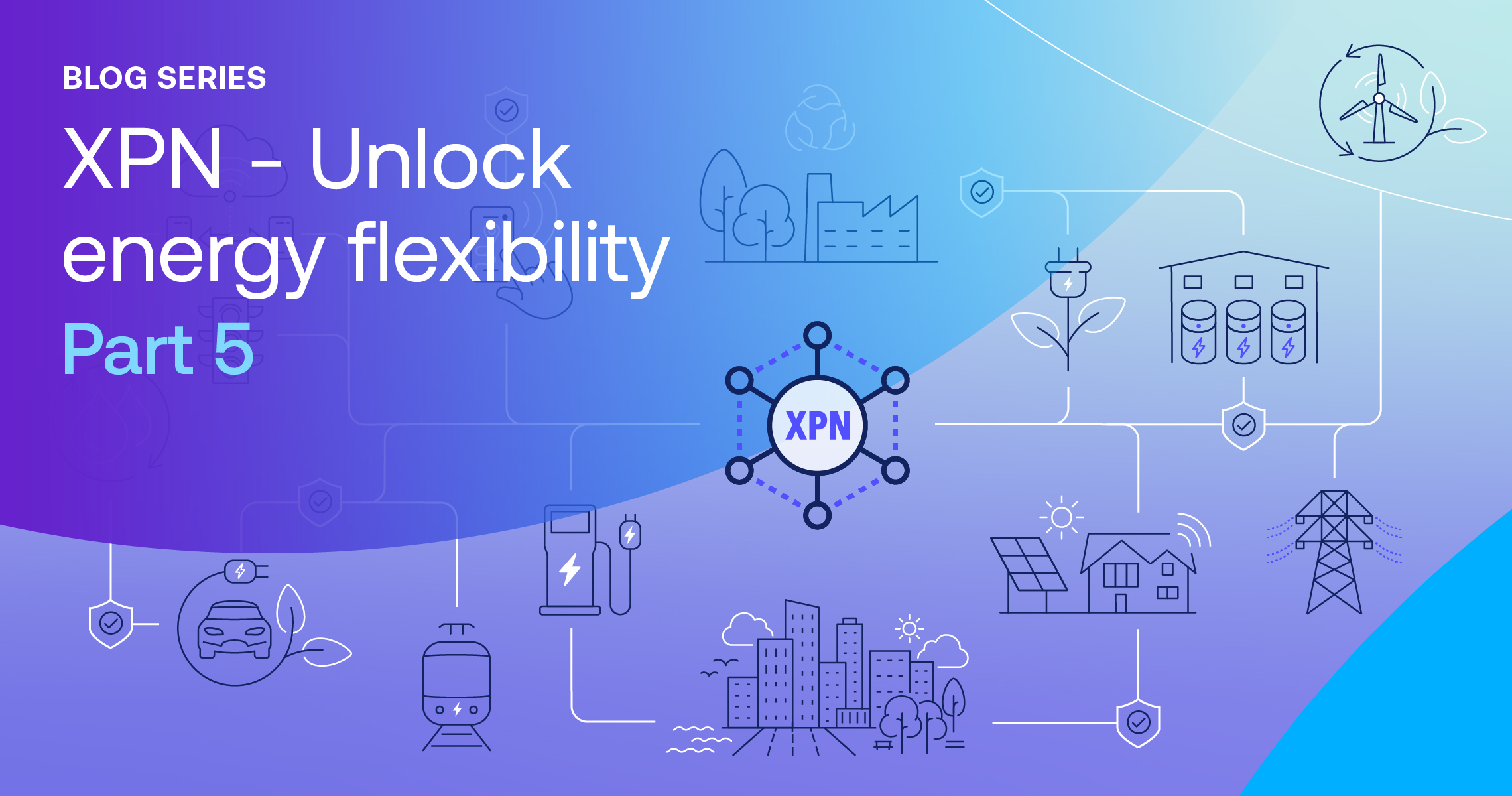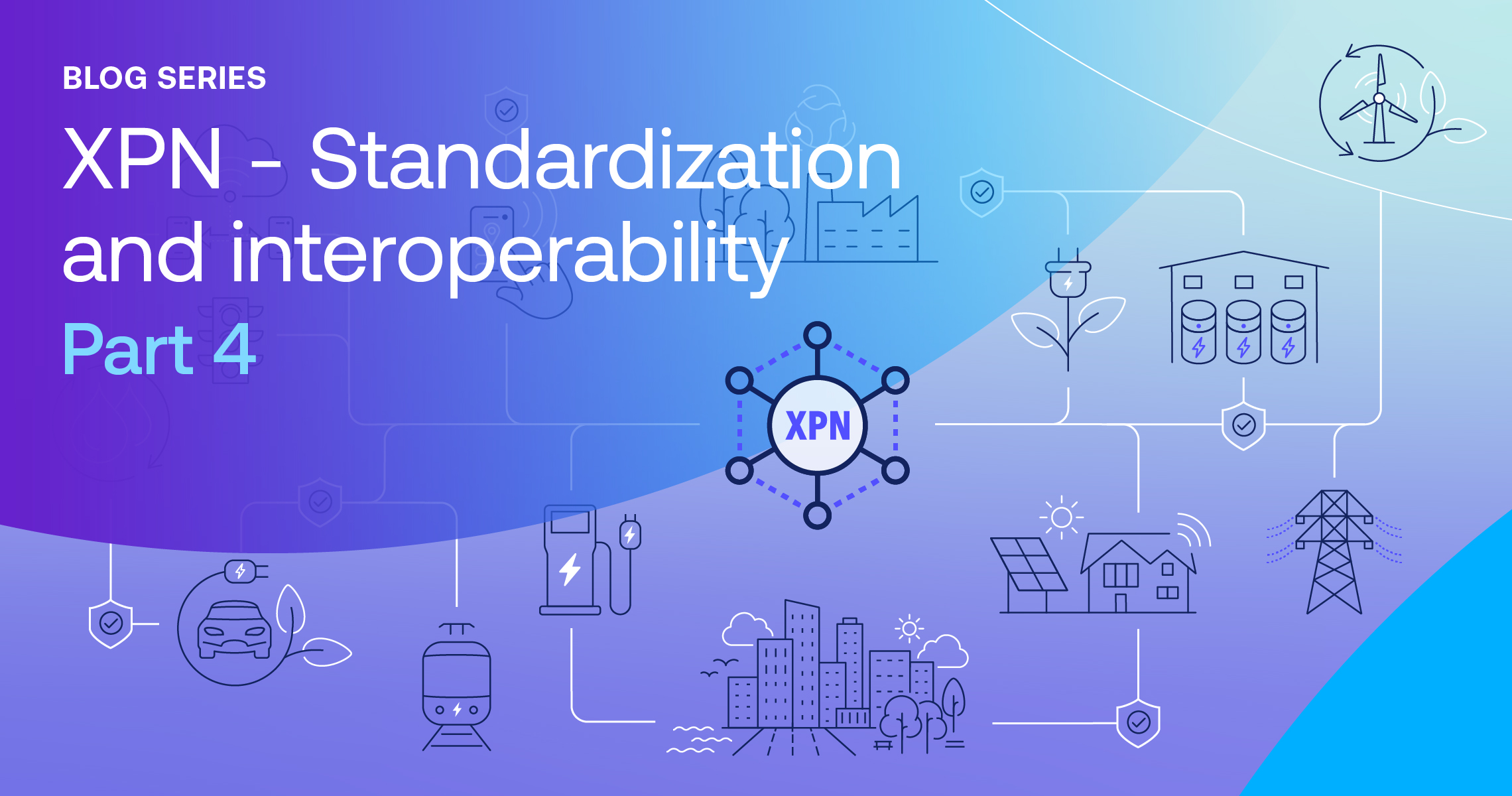Advancing security and interoperability in distributed energy resources
The energy sector is undergoing a revolutionary transformation with the rise of distributed energy resources (DERs). These resources include electric vehicles, smart thermostats, home batteries, and solar panels. Unlike traditional power plants that generate electricity at a centralized location and transmit it over long distances of power lines, DERs generate electricity close to where it’s used. This proximity reduces transmission loss and enhances grid resilience, leading to a more efficient and reliable energy system.
DERs are small-scale, modular devices typically located “behind-the-meter” (BTM) at or near consumer sites. Initially focused on electricity production through technologies like solar panels and wind turbines, DERs now also include devices that balance and control grid demand.
This evolution reflects the technological advancements and increasing dynamism of the energy grid. Smart thermostats, electric vehicles, and home batteries can interact with the grid, providing both consumption and storage capabilities that help stabilize the grid and manage energy use more effectively.
Challenges with DERs
As utilities transition to renewable energy, DERs have become crucial for a flexible, sustainable, and efficient energy system. This shift presents both exciting opportunities and complex challenges. Some of the key difficulties include:
- With the rising volume of DERs, advanced communication and control systems are needed to handle their complexity and variability for energy storage, distribution and more.
- As grid entry points increase, so does the potential cyber attack surface, emphasizing the importance of control system integrity. Integrating DERs into modern energy systems is essential for achieving sustainability goals.
- Older secure communication protocols such as IPSec and TLS are insufficient for new energy resources, struggling with high-frequency, low latency data exchange , robust security, and real-time monitoring needs.
Solutions powering the future of DERs
IEEE 2030.5
To address new energy needs, the IEEE developed a protocol that offers a rich dataset to represent numerous small devices. IEEE 2030.5 is a standard for communications between the smart grid and consumers, built using Internet of Things (IoT) concepts.
This standard provides consumers with various means to manage their energy usage and generation. Information exchanged using the standard includes pricing, demand response, and energy usage. This enables the integration of devices such as smart thermostats, meters, plug-in electric vehicles, smart inverters, and smart appliances.
OpenADR
Open Automated Demand Response (OpenADR) provides a non-proprietary, open standardized DR interface that lets electricity providers communicate DR signals directly to existing customers using a common language and communications such as the TLS 1.2 with digital certification for authentication.
It lays out actions taken to manage electricity demand in response to price, monetary incentives, or utility directives so as to maintain reliable electric service or avoid high electricity prices. It typically relies on a gateway device, building EMS, or aggregator to translate utility DR/DER requirements into specific device behaviors, while IEEE 2030.5 is used to connect and directly control devices.
Security gaps in IEEE 2030.5 and OpenADR
IEEE 2030.5 and OpenADR establish a framework to support an interoperable, plug-and-play ecosystem of smart grid consumer devices. Achieving the flexibility to work with many types of assets and the scale to control them involves a tradeoff in the security of connected devices. There are several security and operational concerns as data flows between edge devices, gateways, cloud, and on-premises data centers, such as:
- Dependency on TLS 1.2
- Risks associated with physical layer standards
- Lack of dynamic key management
- Lack of operational administration and control
The trouble is, TLS v1.2 has a long list of vulnerabilities (POODLE, BEAST, CRIME and more than a dozen more) with exploits fully packaged and sold on the dark web.
Intertrust XPN
One solution to address many of the security gaps in IEEE 2030.5 is Intertrust’s XPN (Explicit Private Networking) secure communications service. Intertrust XPN is specifically designed to persistently protect data as it travels from the originating device across untrusted networks to the cloud—and back to the device with an authorized command framework. It is not dependent on any network protocol and can maintain security throughout the data path. That is, it transits through untrusted gateways while maintaining protections.
Intertrust XPN is an application layer protocol that supports the secure and efficient operation of energy systems, providing robust security, performance optimization, high reliability and bandwidth for critical energy applications. XPN is a zero-trust solution that ensurs persistent protection of data transmitted from devices throughout its entire journey.
How does XPN solve the security gaps of IEEE 2030.5?
- IEEE dependency on TLS 1.2. The IEEE’s reliance on TLS 1.2 has cryptography weaknesses and vulnerabilities. XPN provides superior protection even if TLS 1.3 is implemented, which is not backward compatible with TLS 1.2. TLS 1.3 improves upon TLS 1.2 by reducing the handshake process, which makes connections faster and more secure. However, it is rarely implemented because of the breaking changes it introduces, and even when it is, XPN can provide an additional layer of security.
- Reducing risks from mesh protocols. Wireless communication protocols like Zigbee and Advanced Metering Infrastructure (AMI) used in smart meter networks can expose data to interception and tampering if encryption and key management practices are not stringent. Replay attacks, where malicious actors intercept and retransmit data packets, are also a potential risk. XPN provides data privacy and integrity features that protect messages across these networks, ensuring that data remains secure even in the face of these vulnerabilities.
- Dynamic key management. IEEE 2030.5 does not support the revocation of manufacturer keys and only optionally supports the Online Certificate Status Protocol (OCSP). As a result, a compromised device does not have to be taken off the network; it can continue to act as a host for command-and-control servers and propagate worms like the Mozi botnet, which actively tests for vulnerabilities and spreads to other “protected” devices. XPN allows for dynamic key management at the application level, enabling devices to have keys that are fit for specific applications and purposes and to be revoked as needed.
- Authorized Commands and Privileges. XPN offers more granular authorization than IEEE 2030.5. It provides a robust authorization framework for any command set, including those in the IEEE 2030.5 specification—and more. This specific authorization framework uses embedded Security Association tables in XPN-enabled devices, allowing for extremely granular, key-based authorizations. This ensures that only authorized commands can be executed, adding an additional layer of security to the system. Some additional points regarding the IEEE’s aAccess control lists (ACLs) to XPN’s authorization framework-
- Level of operation. ACLs operate at a higher level, controlling access based on policies applied to traffic flows, without concern for the content of the packets. In contrast, security associations in XPN operate at a lower level, securing the content of the packets themselves.
- Statefulness. Security associations are stateful in that they require maintenance of state information about the encrypted connections, unlike ACLs, which do not track connection states.
- Security focus.ACLs provide basic access control without inherently providing encryption or ensuring data integrity. Security associations, as part of the IPsec suite, provide comprehensive security features, including encryption, integrity checks, and authentication.
XPN is designed to leverage the trusted execution environments within device hardware for all cryptographic and key functions. For devices that do not have native capabilities, XPN can leverage software-based solutions to achieve similar results. Key management and protection is not a part of the IEEE 2030.5 specification at all.
Conclusion
While IEEE 2030.5 establishes protocols for efficient energy communication, XPN ensures that these communications are securely encrypted and that all devices are authenticated. This combination of standards and security measures creates a robust and secure energy ecosystem.
The rise of DERs and the integration of advanced communication protocols like IEEE 2030.5, combined with enhanced security measures provided by XPN, mark a significant advancement in the energy sector. These innovations not only improve the efficiency and reliability of the grid but also pave the way for a more sustainable and resilient energy future. As more technologies join the DER category and communication standards evolve, the energy sector will continue to adapt and thrive in this new landscape.
Ultimately, the successful integration of DERs into the grid requires a comprehensive approach that addresses both technological and security challenges. By leveraging standards like IEEE 2030.5 and security solutions like XPN, the energy sector can ensure a seamless, secure, and proficient transition to a more decentralized and resilient energy system. This transformation will benefit not only the utilities and consumers but also the broader effort to combat climate change by enabling a more widespread adoption of renewable energy sources.
About Apurva Sachan
Apurva Sachan is a product strategy consultant at Intertrust and MBA candidate (Class of ‘25) at the University of Virginia’s Darden School of business. Prior to this, Apurva spent 6 years at Deloitte Consulting, working majorly on data modernization for a US based energy client. She has a B.Tech degree in electronics engineering from VIT Vellore.




